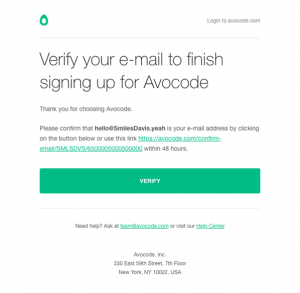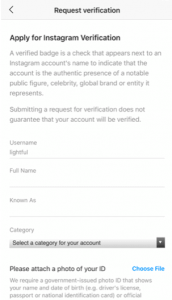Today’s workplace is very different from that of the 20th century. It is due to the introduction of modern tools and technologies coupled with the adoption of the Hybrid work model. It won’t be long before menial tasks and manually executing tasks will become a thing of the past. Mailchimp, Trello, Google Analytics, Dropbox, Skype, etc., will soon automate menial tasks to an advanced extent.
As evidence of the transition towards digitization of the future of work, Amazon has proposed to spend $ 700 million to train about 100,000 U.S. workers by 2025, enabling them to move to higher-level jobs. What’s the purpose of Amazon spending so much money? Automated machines will soon be able to perform much of the work humans currently do. Amazon recognizes this already.
Research at the Harvard Business School also confirms the challenges organizations face. It is due to many forces of change, which makes enterprise-wide initiatives essential for preparing for the future of work.
By 2030, most of the world’s workforce – estimated at 3.5 billion – will be knowledge workers, assisted by artificial intelligence. As a result of this transformational shift, every business will face several questions.
Such as:
- How can businesses create resilient employees when they transition to a new environment?
- Also, what strategies are best for a digital future workforce?
A new paradigm of economics based on machine learning and artificial intelligence will impact the future of work. So, business leaders and executives must start to prepare themselves and their teams for the future of work now.
Here are some tips to get you started:
Use gamification for employee training:
In the 21st century, employers must train and develop their employees according to the latest trends in technology. By gamifying training, an organization can improve engagement, learning, and retention.
As per BW World, gamification operates on different brain functions:
Cognitive approaches such as:
- Processing information,
- understanding,
- & evaluation.
Affective approaches such as:
- emotional reactions,
- attitudes,
- & values.
Gamification will enable employees to learn faster and easier. This will help businesses to install new programs, initiatives, and systems as they enter the next era of work.
The transition to “Hybrid work model”:
As business models evolve, businesses should iterate to accommodate remote workers and those who opt for hybrid work models. According to a Boston Consulting Group survey of more than 6,500 executives, 40% expect freelancers to become a larger portion of their organizations’ workforce over the next five years. Often, top talent may not be located close to a company’s physical location. An organization could have innovative employees in another city, state, or country, completing work desired by the organization, so why not employ them?
To align human and digital labor, prepare your workforce:
The World Economic Forum estimates the onslaught of machines and algorithms. As per them, it will lead to the loss of 75 million jobs by 2022, but about 133 million job openings will also result from this trend. Although there will be majorly new roles and responsibilities, some existing roles will also be adapted.
Businesses should prepare their employees to see Artificial Intelligence (AI) not just as a tool to use. But, as a colleague who possesses some key skills. However, with some notable shortcomings.
Promote corporate wellness by using wearable technology:
According to ABI Research, the wearables market is expected to reach $ 60 billion by 2022. These include smartwatches, smart glasses, and wearable scanners. Employers can take advantage of this trend to help their employees live healthier lives at work and home. If your company deploys wearables, be sure to read the privacy policies and sign up for wellness programs. Physician-recommended wellness indicators can be utilized by organizations to reward their participating employees.
Ensuring a sustainable future of work
Employers and workers should accept automation as a chance, instead of dreading it and trembling in fear.
By automating time-consuming and repetitive tasks, businesses can make their processes more efficient.
For instance:
- Hospital staff can streamline administrative tasks more quickly.
- Human resources departments can streamline the onboarding of new employees rapidly.
To a large extent, the future depends on how one designs it. It might be possible to achieve success through staying positive and bouncing back regardless of corporate setbacks. To put it another way, businesses can gaze into the future via rose-tinted VR — turn it on and dive in.
Business & Finance Articles on Business 2 Community
(23)








